
There is obviously a growing market related to moving traditional on-premises enterprise software to the cloud, but what you might not know is that beyond that group of products, there is a whole other category of services being developed to support those top-level companies, whether that’s security, authentication, monitoring, back up or billing and customer retention.
And what’s interesting is that these services would very likely never have existed if the first wave hadn’t developed a set of open APIs.
When you pull back from the bevy of first-level companies out there, such as Salesforce, Box, Workday, Zendesk or any enterprise software cloud service you care to mention, there is a whole group of products designed to help administer and connect those services .
For instance you have Zuora for billing, Backupify to back up cloud services, Ping or Okta for single sign-on and CipherCloud or FortyCloud for cloud security. And those are just a few examples of the many companies that have developed as a support system for the cloud.
Peter Levine, general partner at Andreessen Horowitz says he sees this development as a natural progression for a new computing paradigm. Levine said he saw a similar pattern around client-server computing where you had all these applications develop to help run a business, then you had a new class of products grow around system services to support those base applications.
As Levine noted, “Those tools and services in and of themselves became as large if not larger than the applications they were supporting .â€
Levine labeled this growing class of cloud support applications, as “Data Center as a Service.â€
“It’s really interesting that as the applications move to the cloud, the data services have moved to the cloud too,  and they replicate the heretofore on premise management applications,†Levine told me.
Aaron Levie, CEO at Box, also sees it as a kind of natural progression. As Levie wrote to me in an email, “The first phase of the cloud has been about transposing legacy application categories to a more efficient computing model, with better design and often delivered at a fraction of the cost,†he wrote.
“In the next phase, customers will want new and previously impossible use cases to be addressed by their cloud vendors, and we’ll see all-new companies emerge to solve these problems, often built on top of and around the platforms in the first wave,†he added.
Levine said part of what’s driving this developing ecosystem is the open nature of the cloud service APIs that have allowed these new support companies to plug into these first level services and create entirely new product categories.
He believes that it has to be this way because customers demand it, but it also simplifies development for vendors. “If you want to succeed, there needs to be a notion of sharing and consistent management to be broadly adopted,†Levine explained. Being able to have a security, backup or monitoring vendor tie into the API means you can take advantage of those services across a variety of cloud software products, and this not only helps the customer, it saves each vendor from creating its own individual services.
Ping Identity CEO Andre Durant, whose company has created one of these support services around identity management, also believes that as one computing model cedes to another, it drives a whole new economic cycle of innovation around that new approach.
“Every technology innovation cycle brings to the forefront not only a new paradigm for computing but also a new set of leaders optimized for delivering it. The generation that preceded the next never establishes their preeminent position. We saw it with big iron vendors as we shifted to a PC-centric client/server world, and then with cloud apps against traditional enterprise app vendors, and now with mobility and the API economy,†Durant wrote me in email.
Shadrach White, CEO at cloudPWR, a cloud consulting firm that acts a cloud systems integrator by combining services to create new more powerful solutions. It is the APIs that allow him to mix and match these services in different ways, and that has created a business opportunity for him.
“There will always be gaps in how systems integrate, filling those gaps in a repeatable yet flexible way has given us a strategic opportunity,†White told me.
The fact is that all of these companies are developing around the higher level software services and creating a whole new service economy that never could have existed before.
While a set of standards could certainly help this develop even further, as Levine pointed out, we are really still in early days when it comes to cloud maturity, and as with on-premises software, there will be a battle between vendors who want to control the stack and those that want to be more open.
If the open side wins that fight, then it’s far more likely to continue to feed this cycle of innovation and create new products and services to support and administer the cloud just as the open APIs have done up until now, and if that happens, enterprise customers will surely be the winners.
PHOTO BY FLICKR USER SIX EL SID. USED UNDER CC BY-SA 2.0 LICENSE.


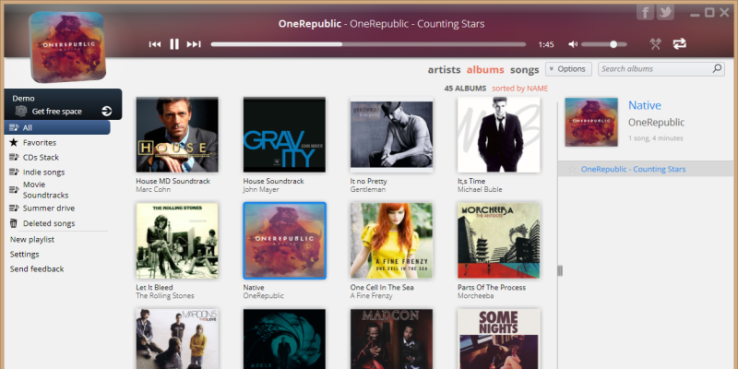



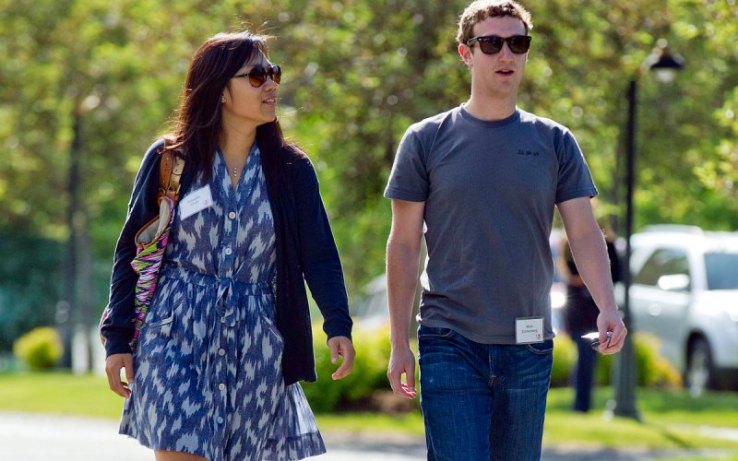




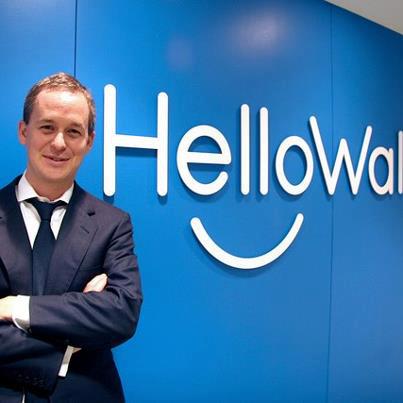 The company raised
The company raised  It was 1998, and Stanford Business School student Jenny Lefcourt and her fellow female co-founder wanted to raise money for an e-commerce meets retail idea they had around weddings. They were thrilled when they convinced a well-known VC at a Sand Hill firm to hear there idea. Before meeting, Lefcourt and her co-founder worked tirelessly on their pitch, hoping to win this VC over and leave the firm with a check. After they finished their pitch, the VC thought for a moment and said “I see the pretty girls. Beyond the pretty girls, what do you have for me?â€
It was 1998, and Stanford Business School student Jenny Lefcourt and her fellow female co-founder wanted to raise money for an e-commerce meets retail idea they had around weddings. They were thrilled when they convinced a well-known VC at a Sand Hill firm to hear there idea. Before meeting, Lefcourt and her co-founder worked tirelessly on their pitch, hoping to win this VC over and leave the firm with a check. After they finished their pitch, the VC thought for a moment and said “I see the pretty girls. Beyond the pretty girls, what do you have for me?â€






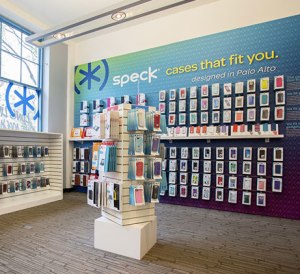 Making iPhone cases is big business. How big? Samsonite just announced its acquisition of Speck Products for $85 million in cash.
Making iPhone cases is big business. How big? Samsonite just announced its acquisition of Speck Products for $85 million in cash.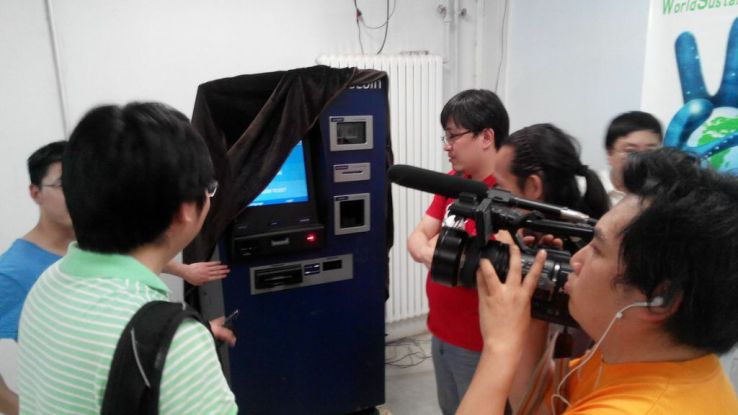
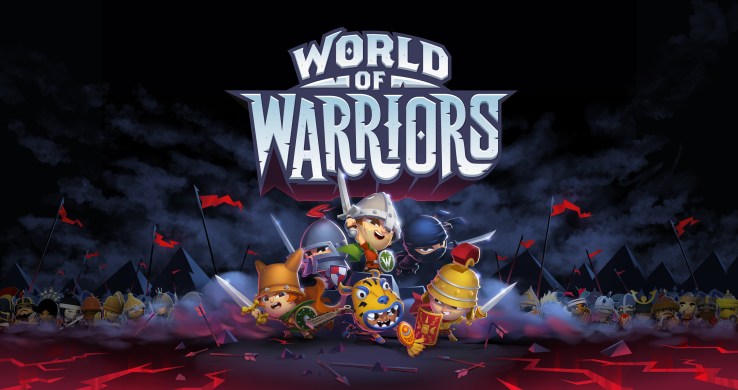


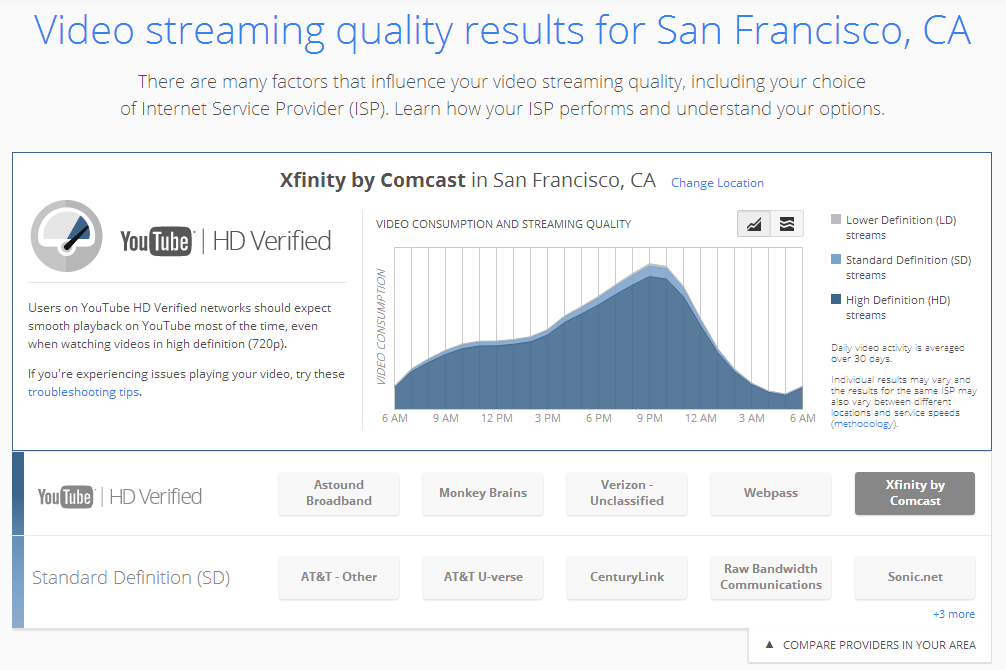



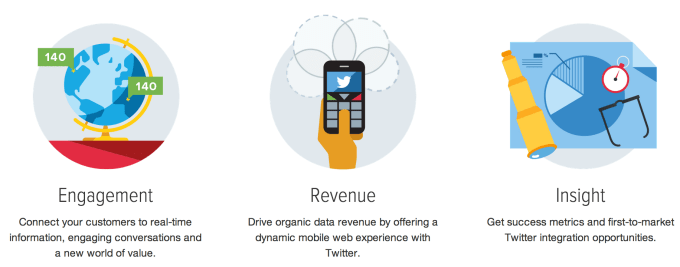


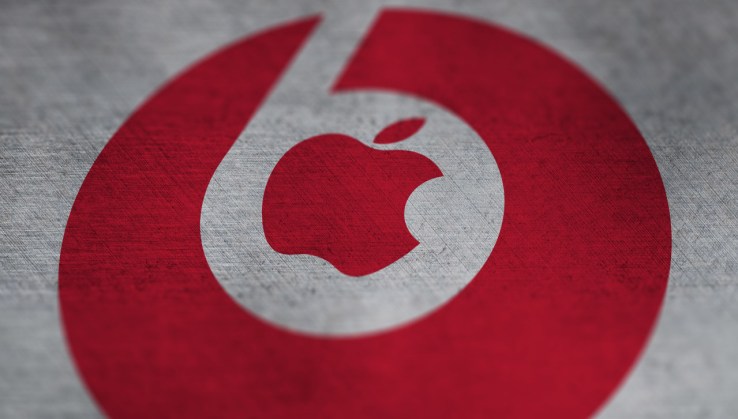



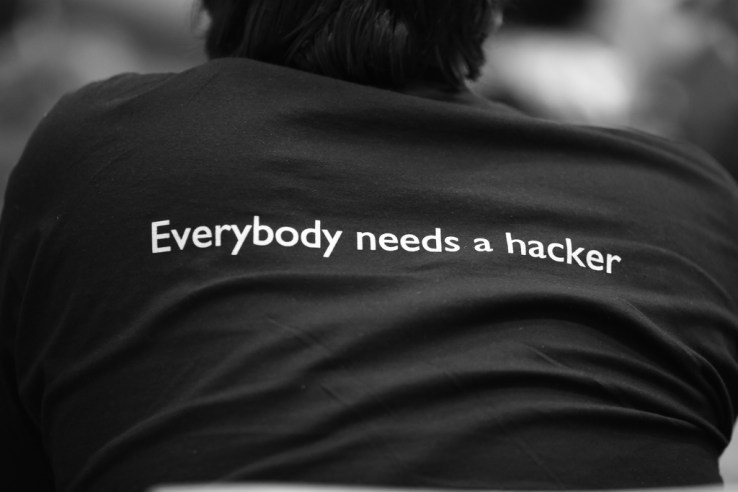


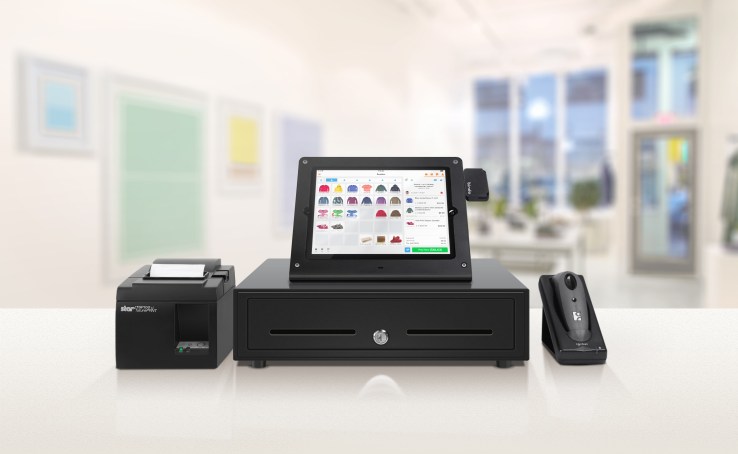
 For customers, Bindo Marketplace will let them see all the stores near them that use the system, their inventories, and allow them to purchase available items immediately. Since customers can easily see what items within a few miles of their homes, that will hopefully make them more likely to buy from local mom-and-pop stores instead of large e-commerce businesses like Amazon.com.
For customers, Bindo Marketplace will let them see all the stores near them that use the system, their inventories, and allow them to purchase available items immediately. Since customers can easily see what items within a few miles of their homes, that will hopefully make them more likely to buy from local mom-and-pop stores instead of large e-commerce businesses like Amazon.com.